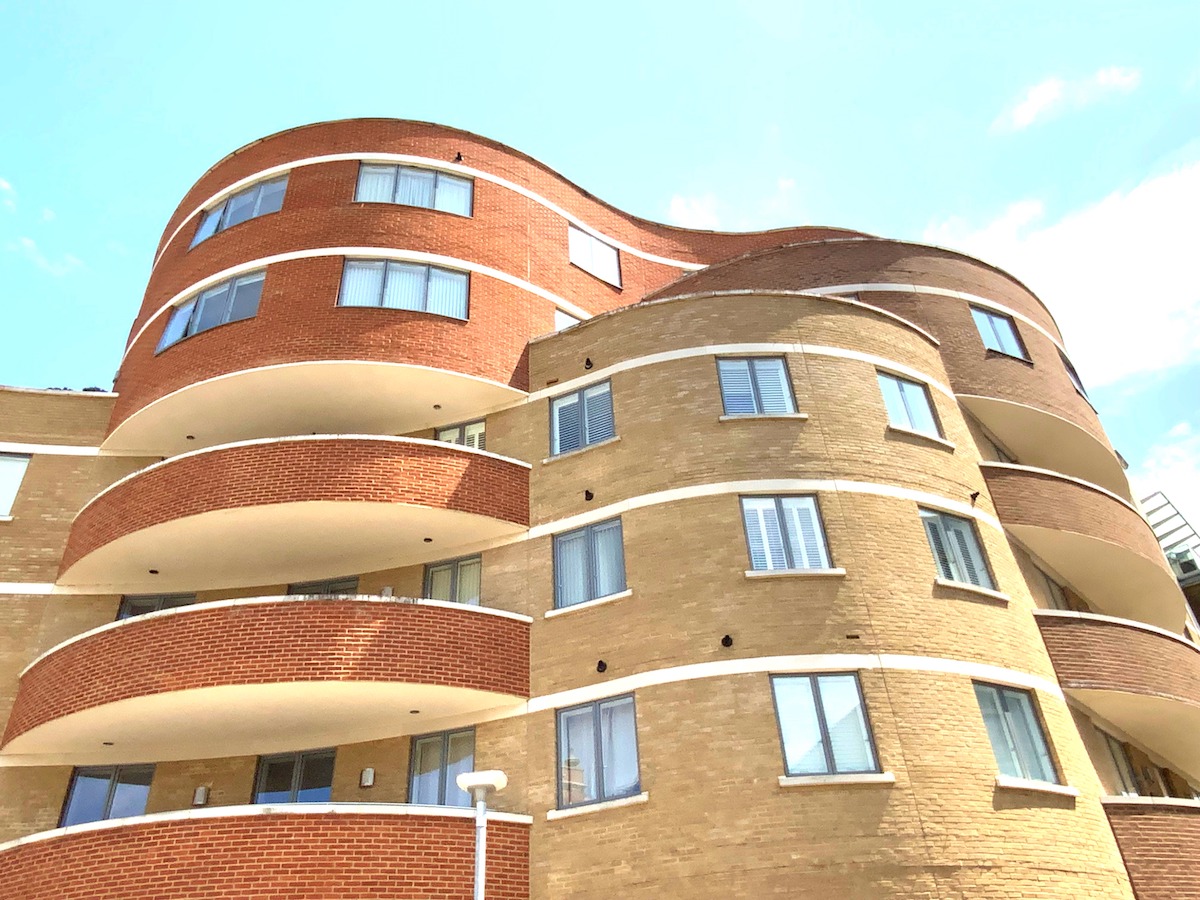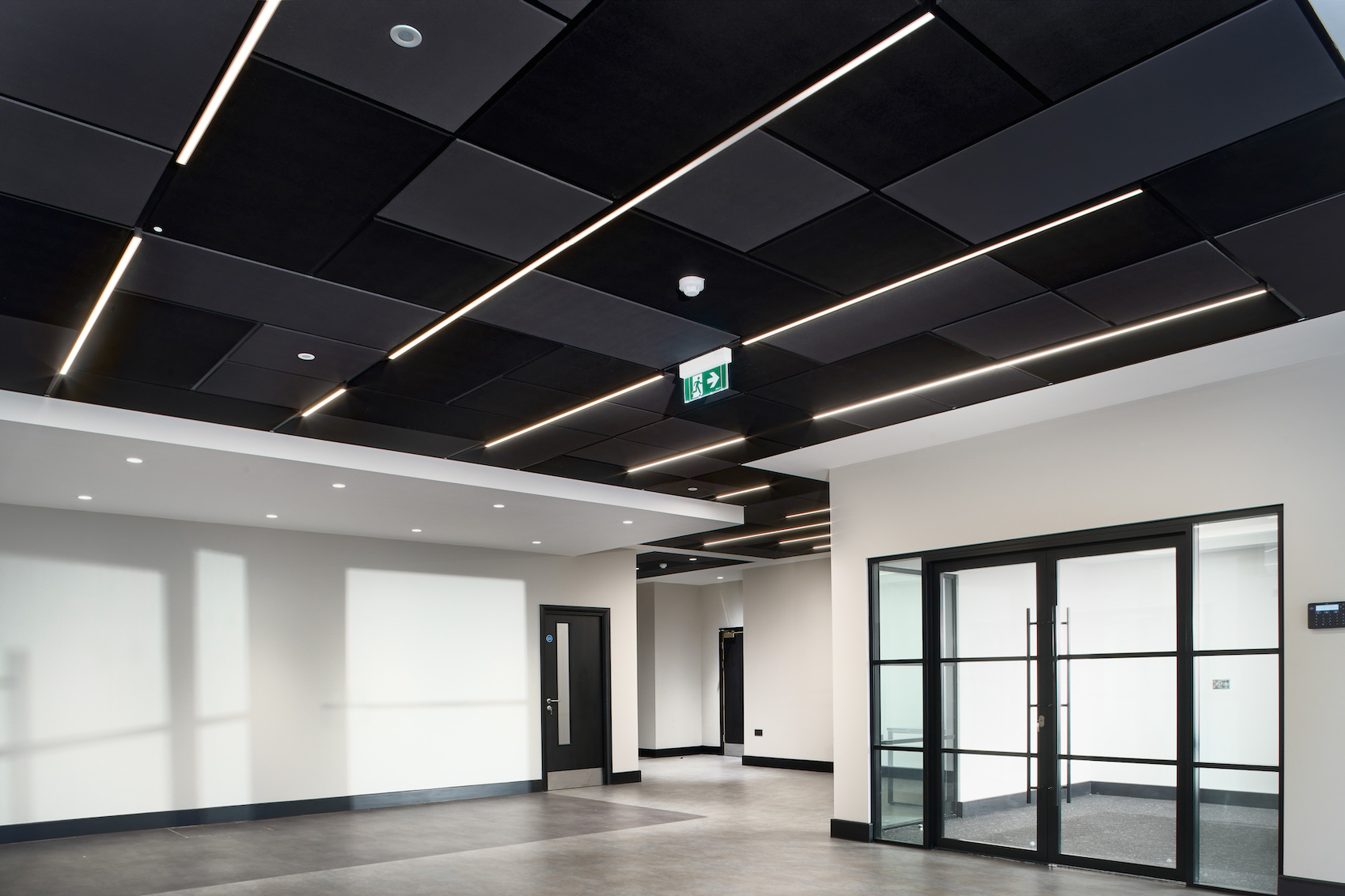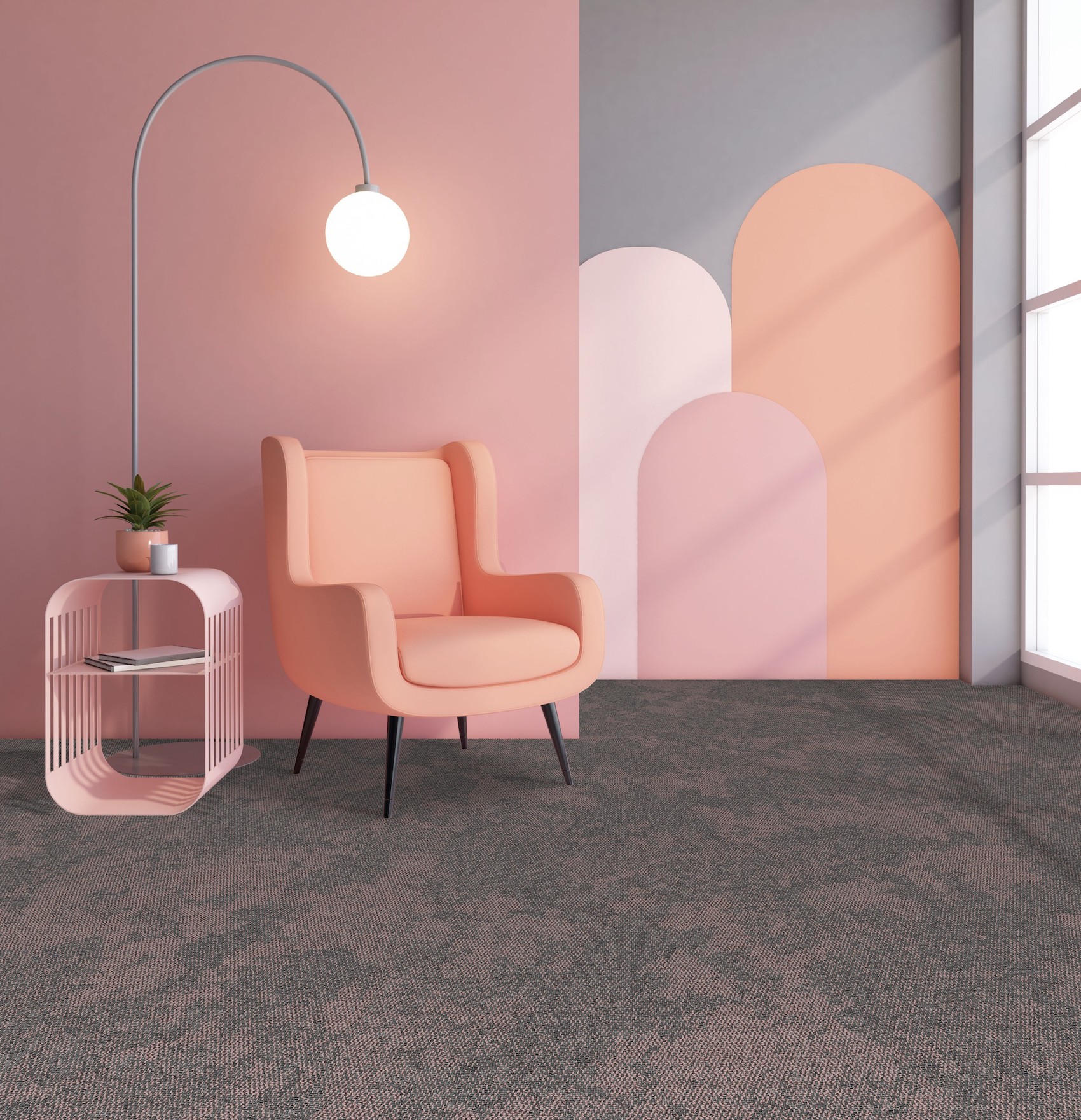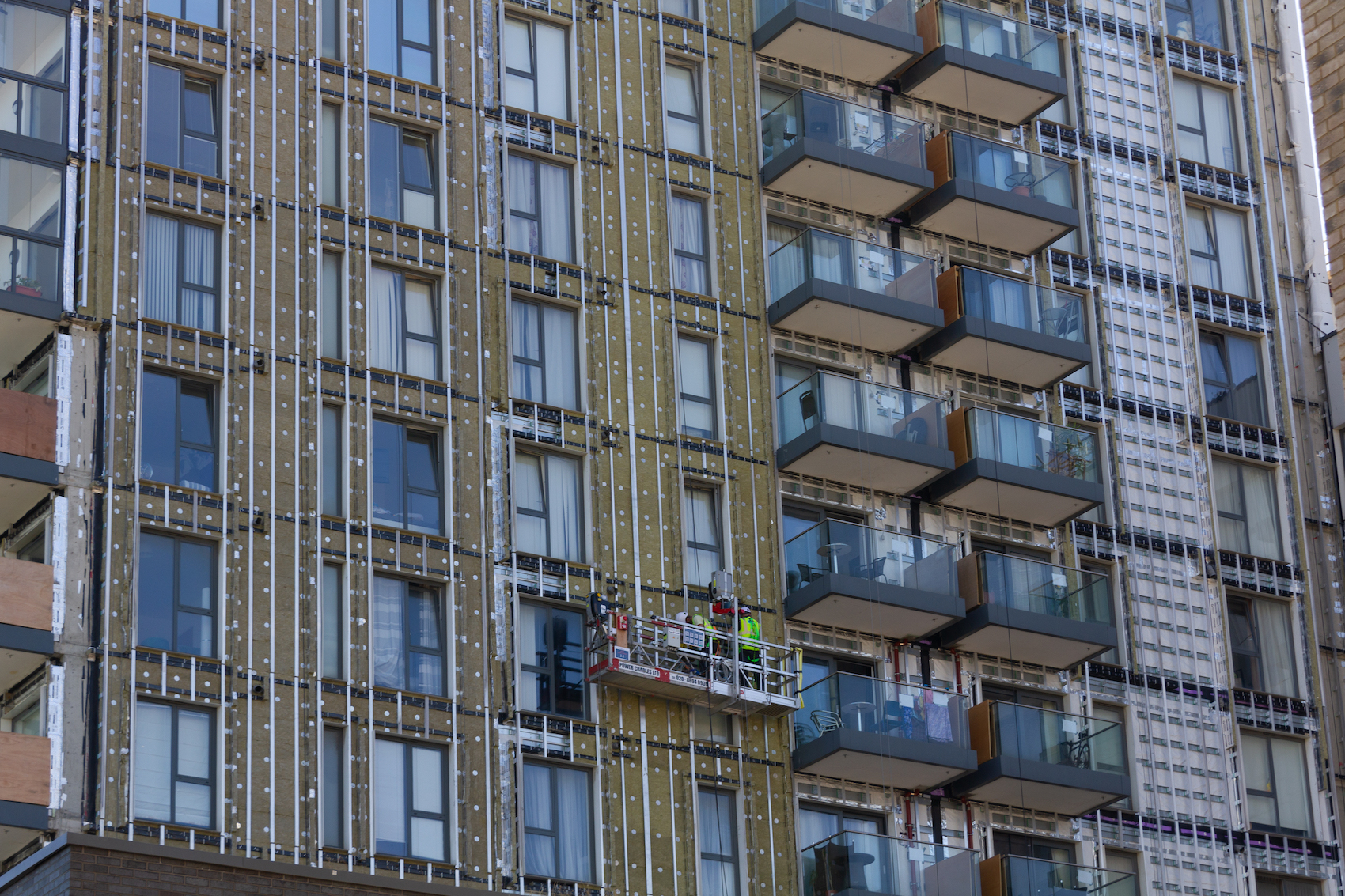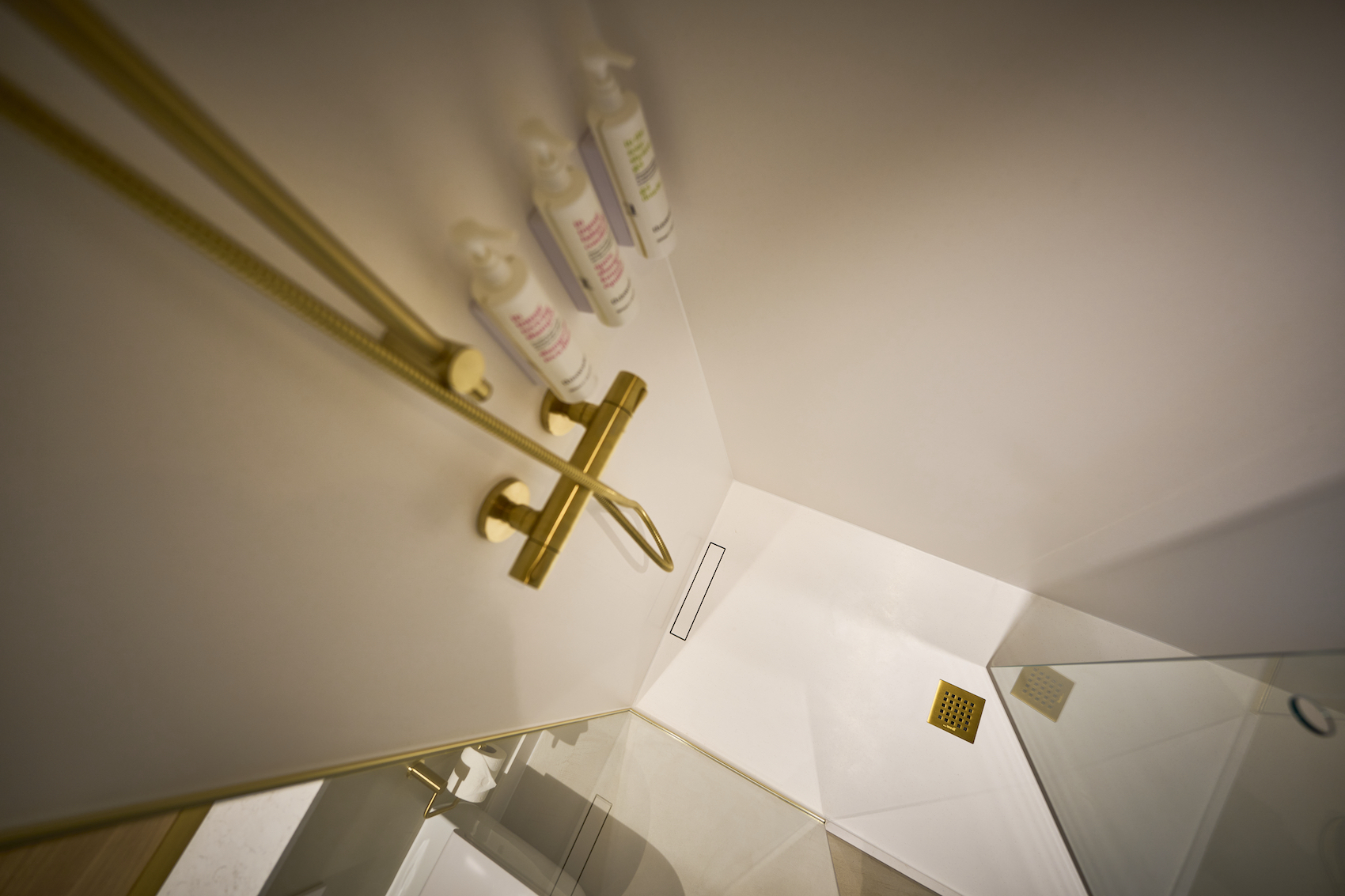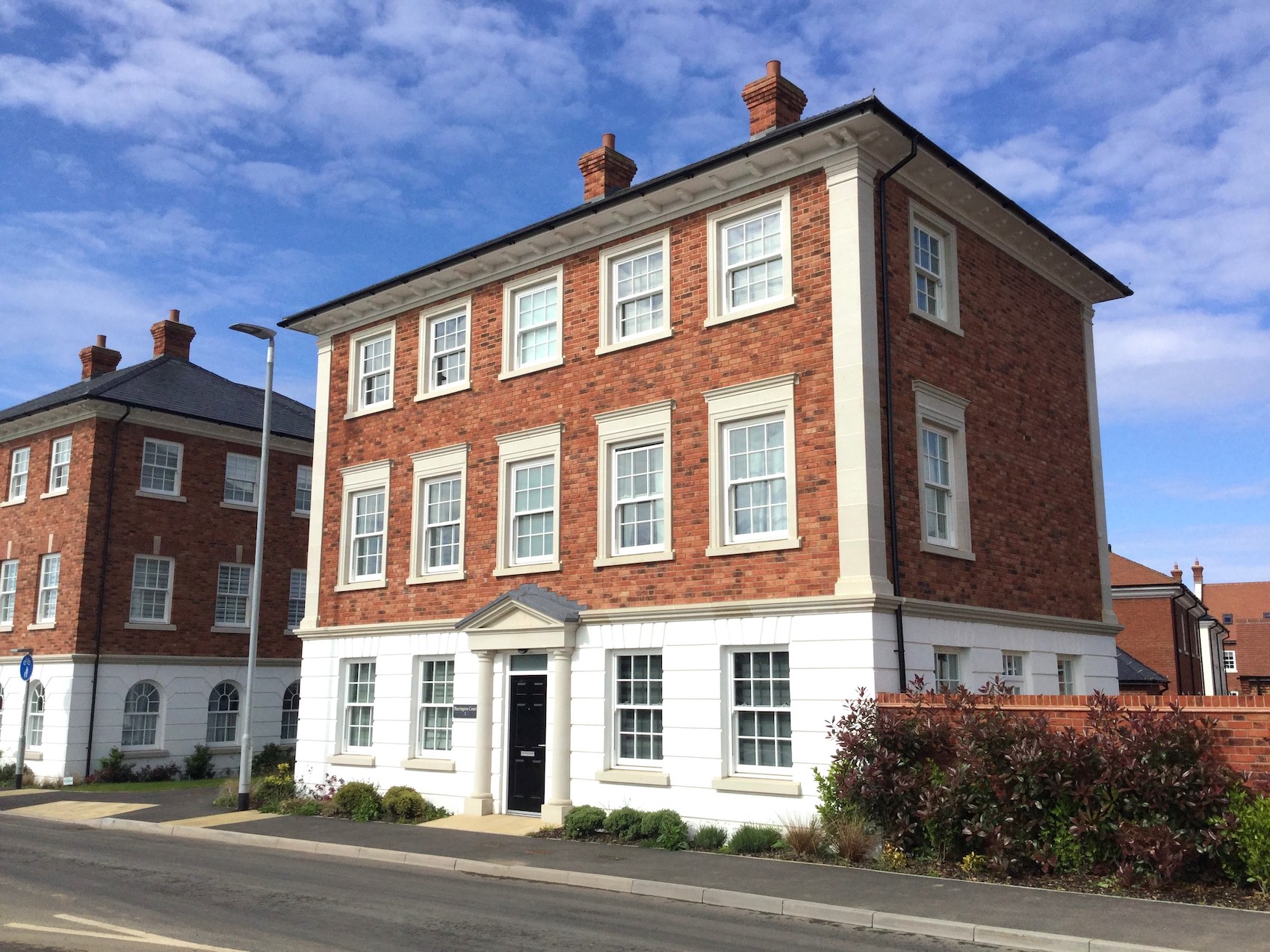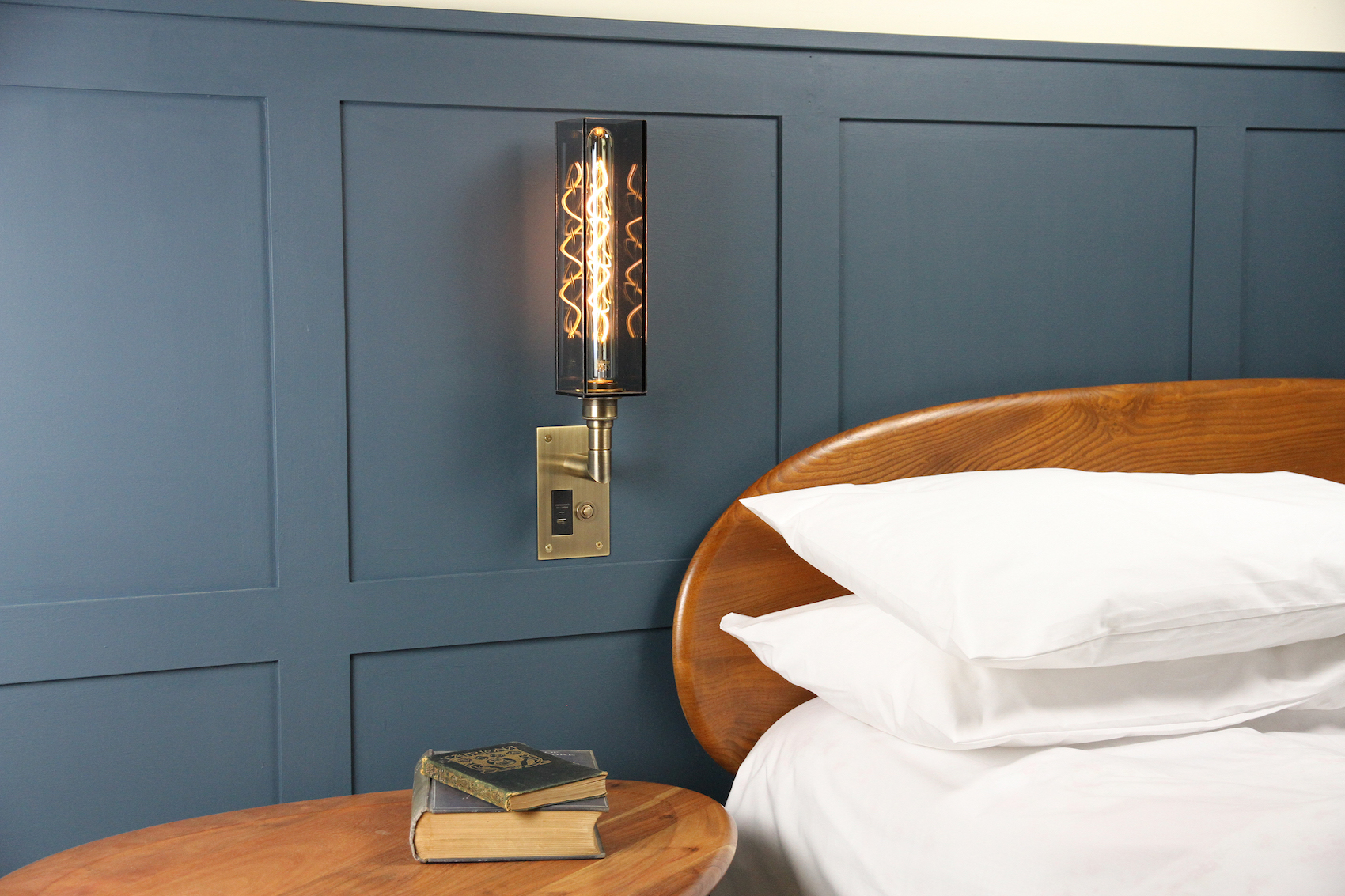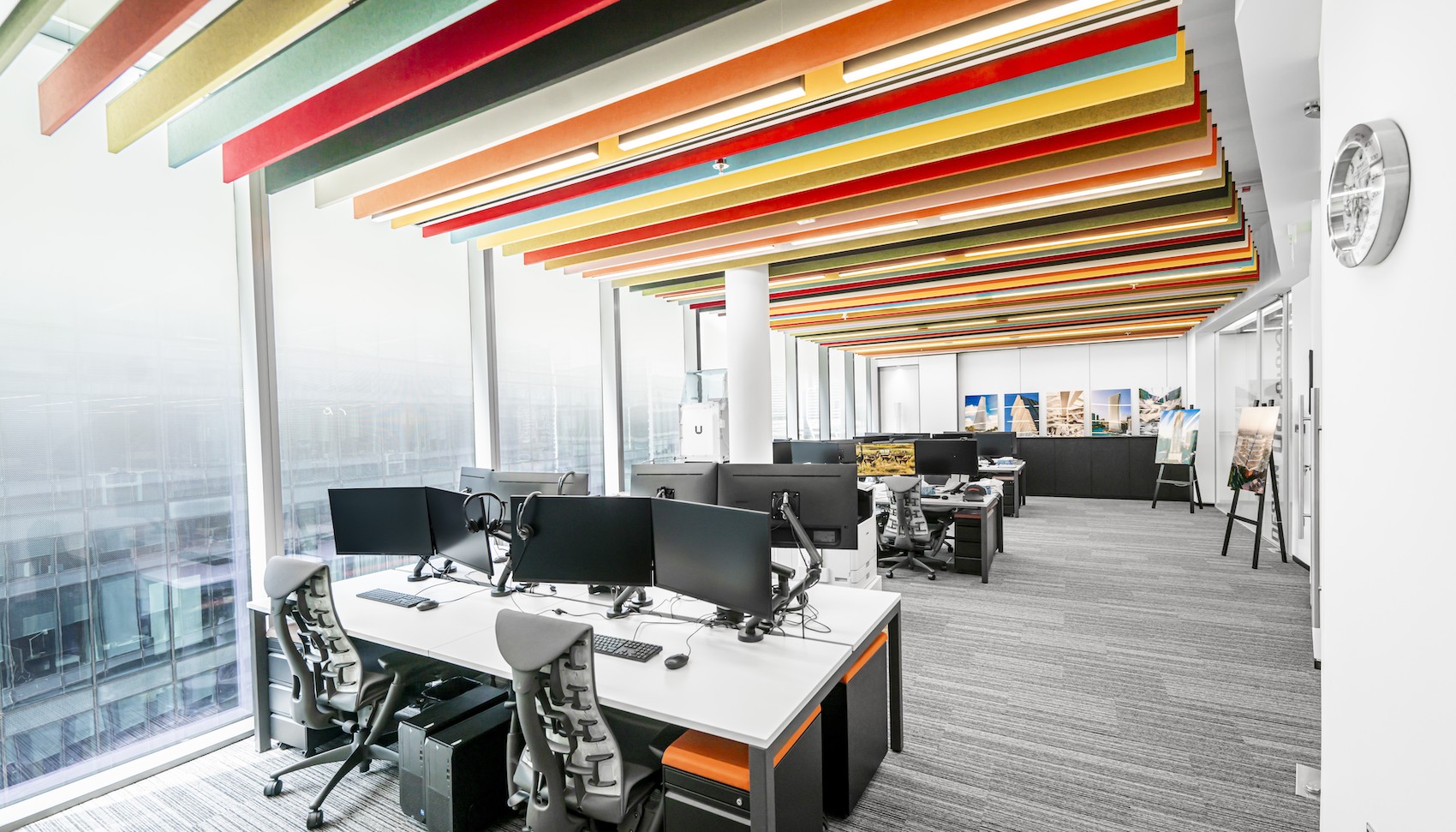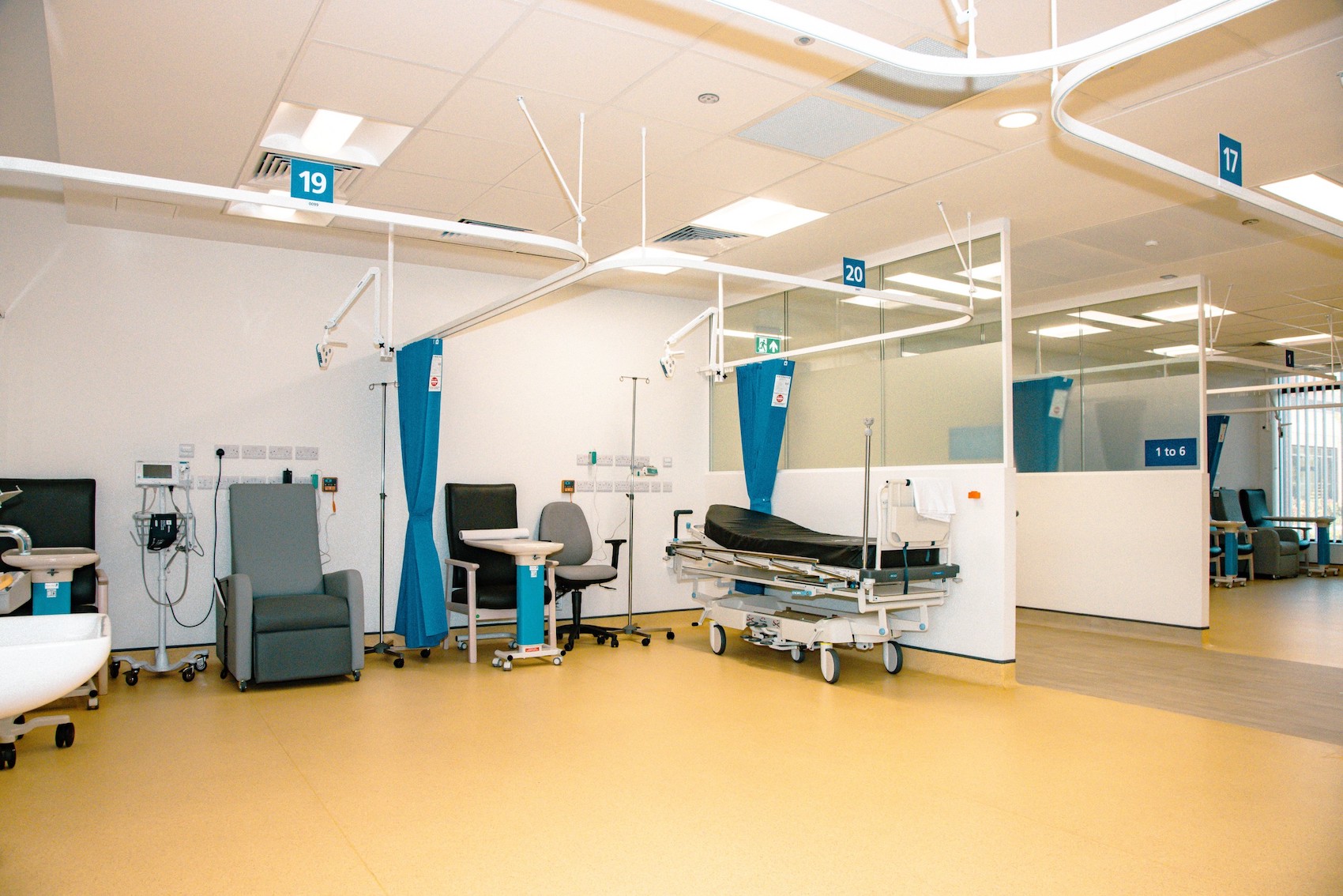Unstructured, deformed and deficient
An ongoing R&D programme into unacceptable damp course installations on site has recently been the subject of an annual review. Conducted by Cavity Trays, the company set out to identify commonly reoccurring deficiencies witnessed when conventional roll DPC is used in cavity wall construction to protect everything from window and door openings to balconies, changes of level, and horizontal abutments. From simplistic to complicated junctions and intersections. It became apparent that as-built arrangements depart considerably from the as-drawn. Why, and what can be done being the arising questions?
Unacceptable results such as shown here are totally avoidable if one uses the best preformed solutions, claims Cavity Trays.
Last year the NHBC announced preformed trays should be used for complicated junctions. The directive has resulted in housebuilders throughout the UK using protection that is ready-shaped rather than cutting and fabricating roll DPC on site. Installation consistency and compliancy has benefitted.
Using preformed trays at junctions allows an installer to still use roll DPC on straight runs however, and it is how those long flexible roll DPC tray runs integrate with the preformed components that is now subsequently being identified as ‘widely variable.’ If, like roll DPC, the ready-shaped tray is also manufactured of a soft/flexible material, the installer faces sticking two cavity-spanning flexible surfaces together, that are unsupported across the cavity. And cavities are getting wider. Achieving satisfactory and consistent joining on site can be difficult and it is noted some components offer an accompanying purchase in the form of a cradle, to be located under joins, to provide support. The BBA, NHBC and LABC all make reference to integration having rigid support and lap dimensions.
Cavity Trays of Yeovil components offer a different way forward. Corners, reveal trays, integrated balcony door opening trays etc are rigidly preformed – they are not soft. Each component offers inbuilt shape support and shape strength. The manufacturing process and material thickness produces a firm component into which flexible DPC can positively integrate, without the addition of any further requirement underneath.
The Cavity Trays of Yeovil benefits are threefold:
- A self-supporting one-component solution.
- Self-supporting trays can be supplied to either build into the inner leaf or terminate against the inner skin.
- A builder may either use roll DPC between preformed trays, or use preformed trays throughout – again with options to build-in or terminate against the inner skin.
Typical unacceptable build details
1. Front edge of the DPC falls short of its intended finishing position because either too narrow a width has been used, or the correct width has been used but built-into the inner skin too far, and/or inner and outer skins have drifted out of level.
2. Totally unacceptable site fabrication attempts lead to high remediation costs and upheaval.
3. Dry-bedded with suspect lap-join that has not adhered to provide continuous protection.
Solutions using rigid preformed cavity trays
Here are two examples of how rigid preformed cavity trays from longest-established specialist Cavity Trays of Yeovil, can ensure consistent best practice compliant installation in accordance with drawn details:


